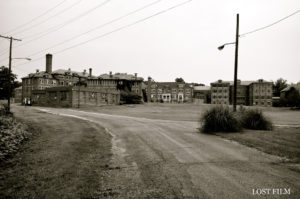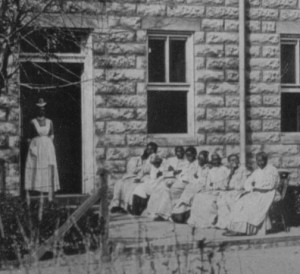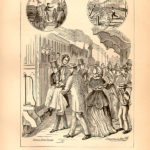It seems incredible to think of very young children being committed to insane asylums, but this idea was accepted many years ago. Children with misunderstood conditions (autism, epilepsy, etc.) might exhibit symptoms which seemed to indicate insanity; their parents might then believe that an insane asylum could offer better care than they could.
During hard times, parents sometimes sent their children to orphanages and insane asylums because they couldn’t care for them at home. Children living in insane asylums often died there as well, since their conditions seldom improved. Even more vulnerable than the rest of the patient population, children were at the mercy of doctors and staff at insane asylums.
A 1955 report by the Department of Mental Hygiene reported 35 patients in the nursery and 169 under 16 at the Crownsville Hospital in Maryland (see last post). The children’s areas were crowded; in the feeble-minded wards, their beds were 12 inches apart rather than the standard 36. Children had nothing to play with and often didn’t go to school. Baltimore Sun articles in the 1940s and 1950s describe epileptic children lying on bare floors, and small boys alone in a room, naked and spilling food over themselves as they ate. Conditions could–and did–get worse: children were injected with hepatitis as late as 1963, according to several newspaper sources.








